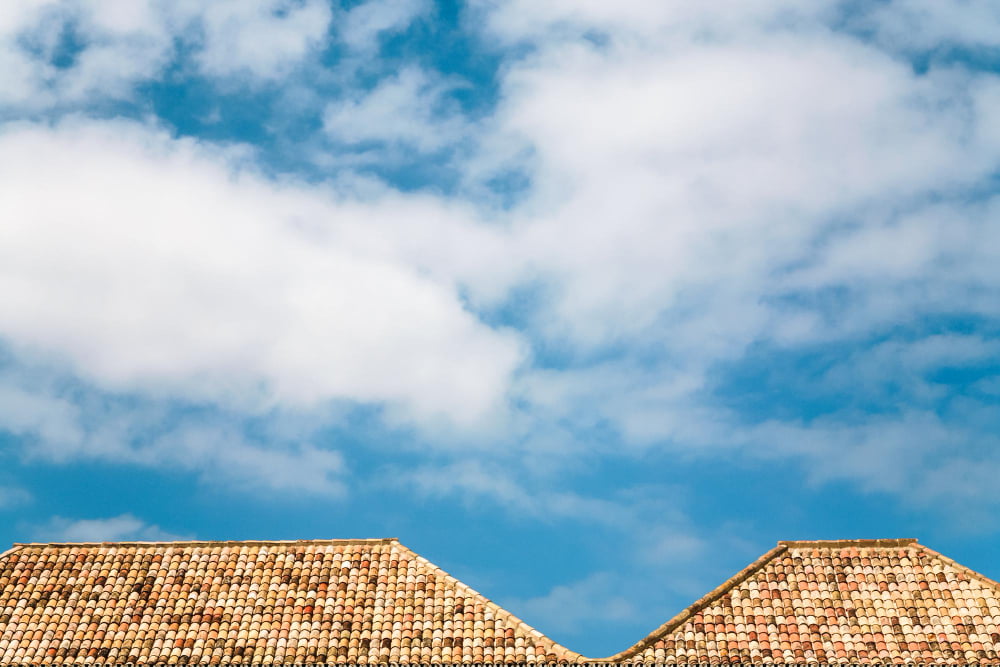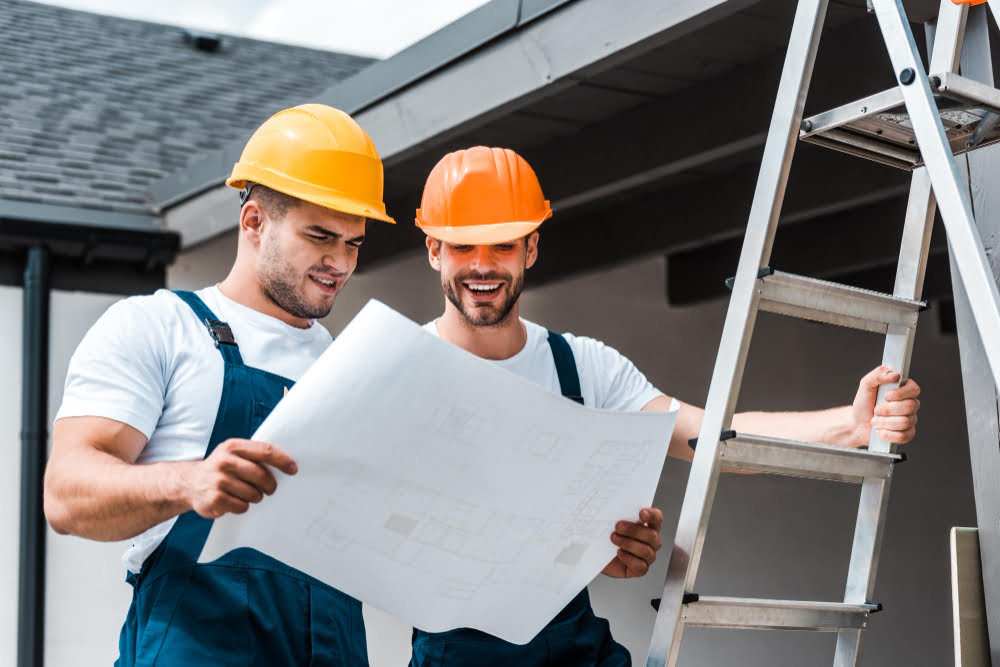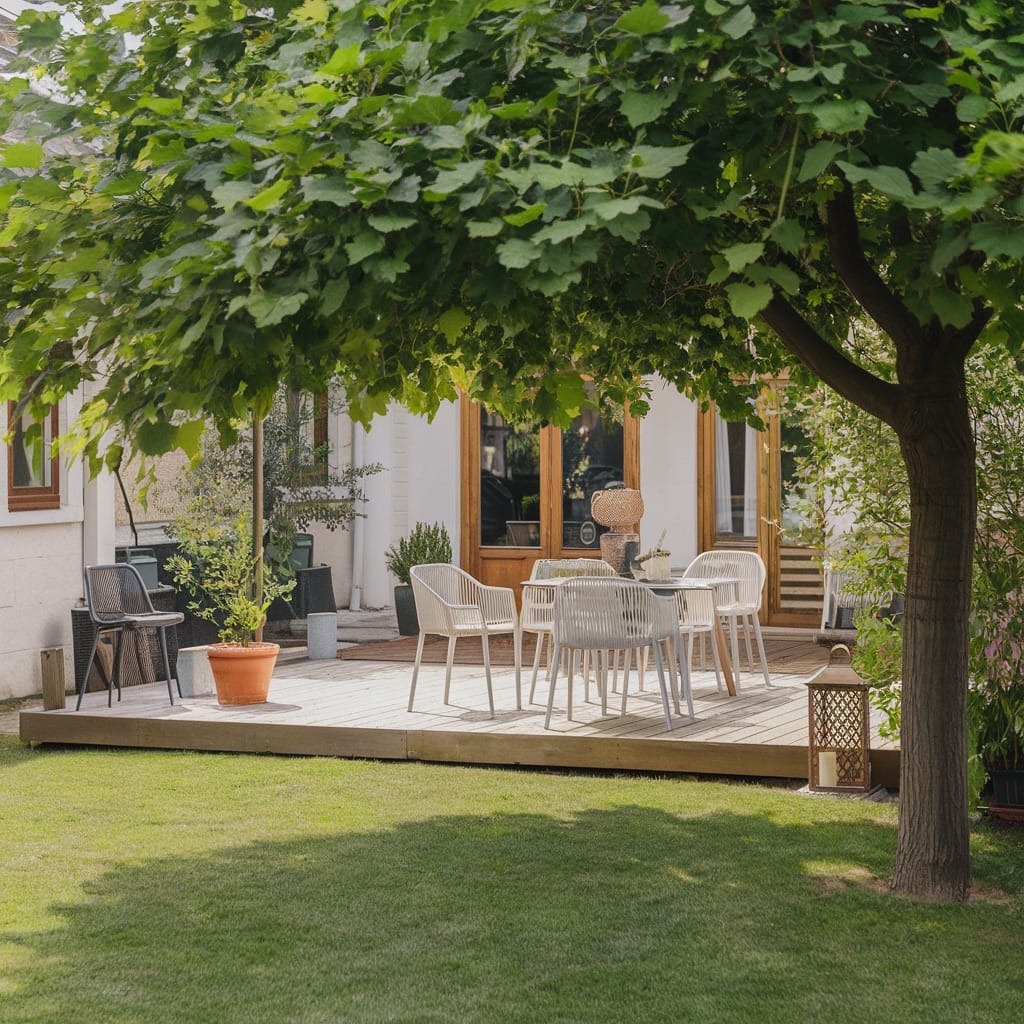Last updated on
Whether you’re a new homeowner or you’ve been in your abode for years, understanding the ins and outs of roof upgrade, maintenance, and repair is crucial to your home’s well-being – and your peace of mind. A well-maintained roof not only adds to the aesthetic appeal of your home but also acts as the first line of defense against various weather conditions.
This guide aims to equip you with the knowledge and tools you need to keep your roof in its best shape. From recognizing when your roof might need an upgrade, to tips on routine maintenance and handling those unexpected repairs, we’ll cover the essentials that every homeowner should know.
Understanding the Warning Signs

It’s essential to recognize the early signs of roof damage before they escalate into bigger, costlier problems. Look out for missing or broken shingles, damaged flashing, or areas of your roof where the granules seem to be worn off. Interior signs such as water stains on your ceiling or walls, or unexplained mold could also indicate roofing issues.
Remember, not all damage is visible from the ground, and it’s important to schedule regular professional inspections. These experts have the training to spot potential problems that homeowners might miss.
Lastly, keeping track of your roof’s age is important. Most shingle roofs last 20-25 years. If your roof is nearing this age, it may be time to consider a replacement even if it looks good from the ground. No matter if you choose to have peace of mind with Happy Roofing or any other company, remember to always err on the side of caution and get a professional opinion. Also, keep in mind that regular maintenance can extend the lifespan of your roof and save you money in the long run.
Routine Maintenance and Upkeep
Routine maintenance is the best way to extend the life of your roof. Regular cleaning of gutters and downspouts is imperative. This helps ensure proper water flow and prevents water damage to both your roof and the interior of your home. Trimming trees close to your home can also help prevent damage. Branches brushing against your roof can scrape over time, leading to shingles breaking or getting displaced.
Additionally, keep an eye on your roof after significant weather events. High winds, heavy rain, or snow can lead to immediate damage and should be addressed promptly to prevent further complications. Keep in mind that simple maintenance tasks such as replacing damaged shingles or fixing loose flashing can be done by homeowners, but it’s always best to consult a professional if you’re unsure or feel unsafe.
Managing Unexpected Repairs

Despite your best efforts, you may still encounter unexpected roof repairs. In these situations, it’s critical to act swiftly. Temporary fixes such as tarps can help protect your home from immediate damage until a professional repair can be done.
When hiring a professional, make sure they are fully licensed and insured. Ask for references and get multiple quotes before making a decision. Keep in mind that the cheapest option may not always be the best choice.
Remember to keep all documents about your repairs. This can be especially helpful if you need to file an insurance claim, or for future homeowners if you decide to sell your house.
Planning for a Roof Upgrade
When it’s time to replace your roof, consider factors such as materials, color, and the local climate. Asphalt shingles are a popular choice due to their durability and cost-effectiveness. However, if you live in a hot climate, you might consider clay or slate tiles, which can keep your home cooler.
Don’t forget to check the warranty of your new roof. Make sure you understand what is covered, for how long, and any actions that might void the warranty.
Lastly, consider the color of your roof. Lighter colors may help reflect heat, while darker colors could help your home stay warmer in colder climates. The color of your roof can significantly impact your home’s curb appeal, so take the time to make a choice that complements the other exterior features of your home.
Taking care of your home means more than just interior maintenance—it involves keeping a vigilant eye on its external shield, the roof, as well. Understanding the warning signs of damage, implementing regular maintenance, handling unexpected repairs, and planning roof upgrades are all integral components of responsible homeownership.
It’s not simply about aesthetics or enhancing your property value—it’s about protecting your home, the sanctuary for you and your loved ones, from the elements. Stay proactive, involve professionals when needed, and remember that maintaining your roof is an investment in your home’s longevity and peace of mind.
Recap:



